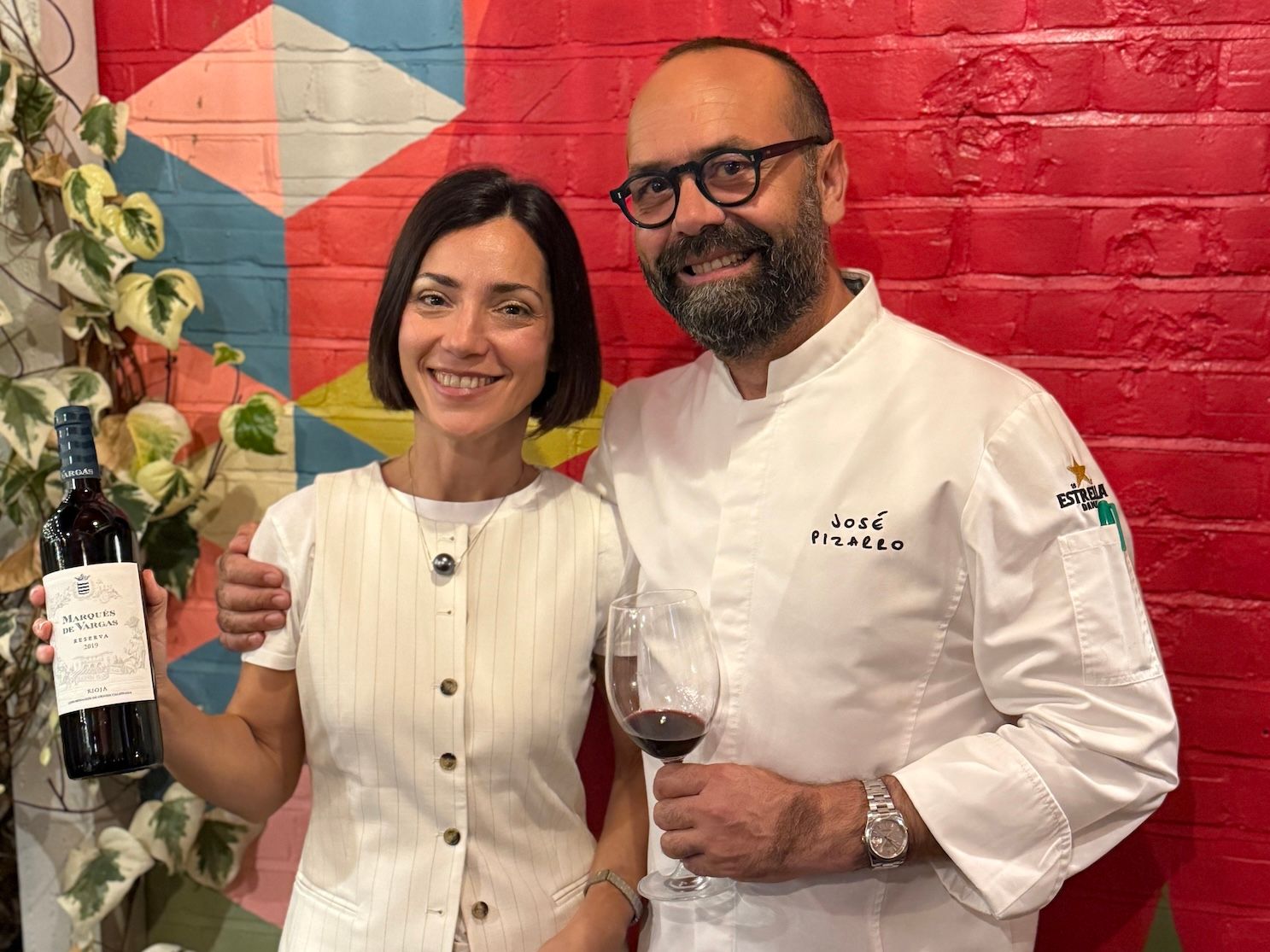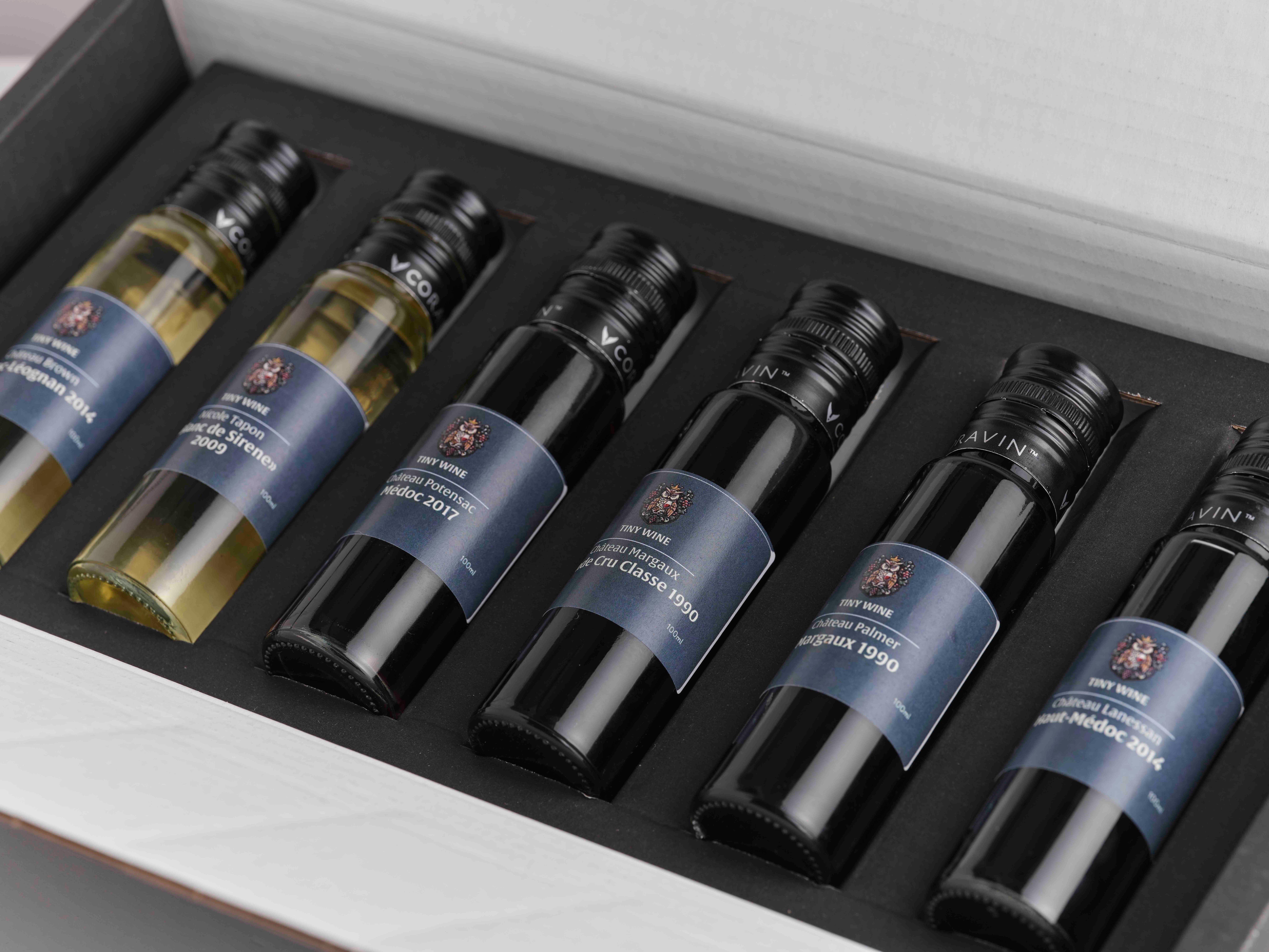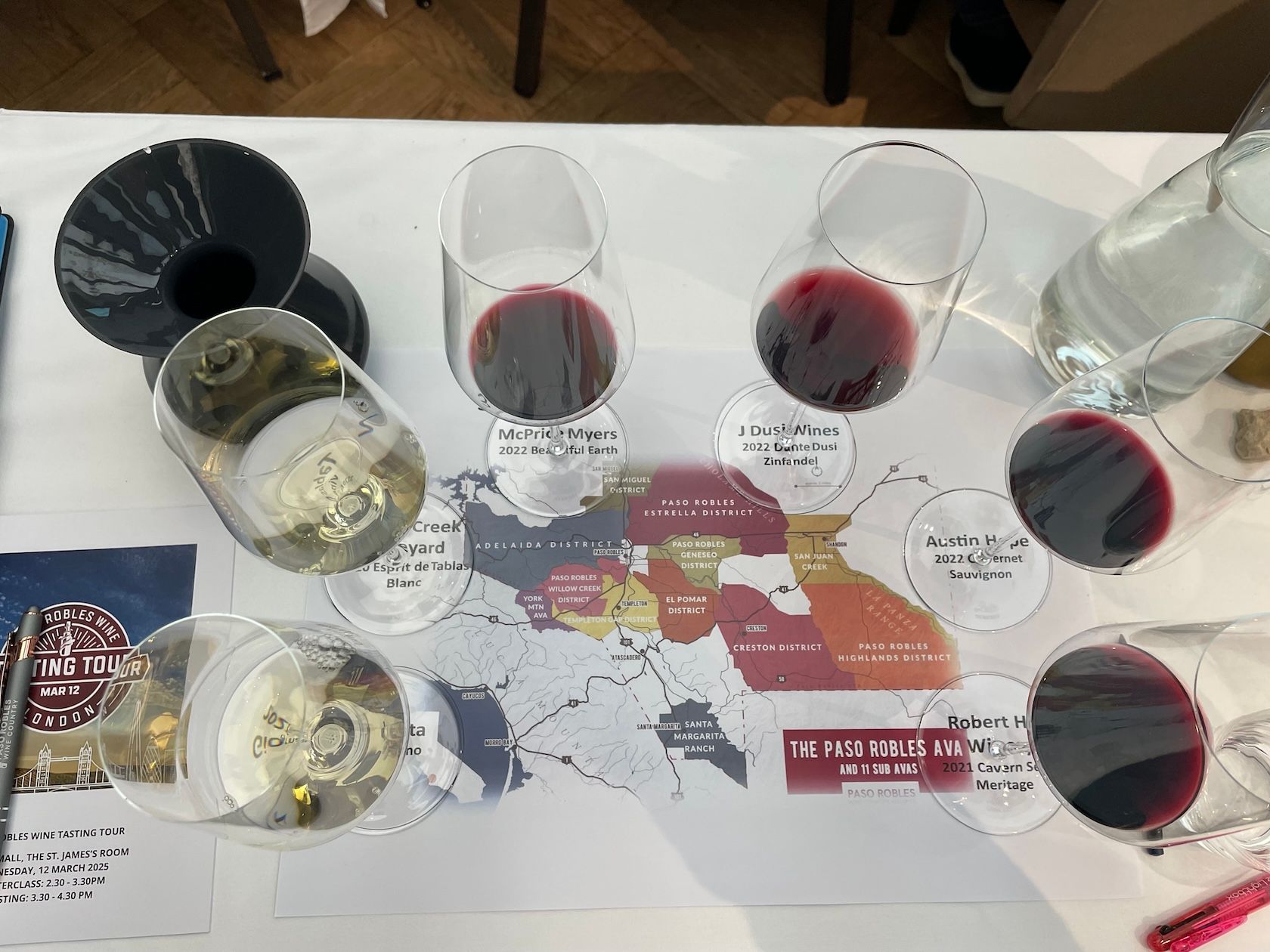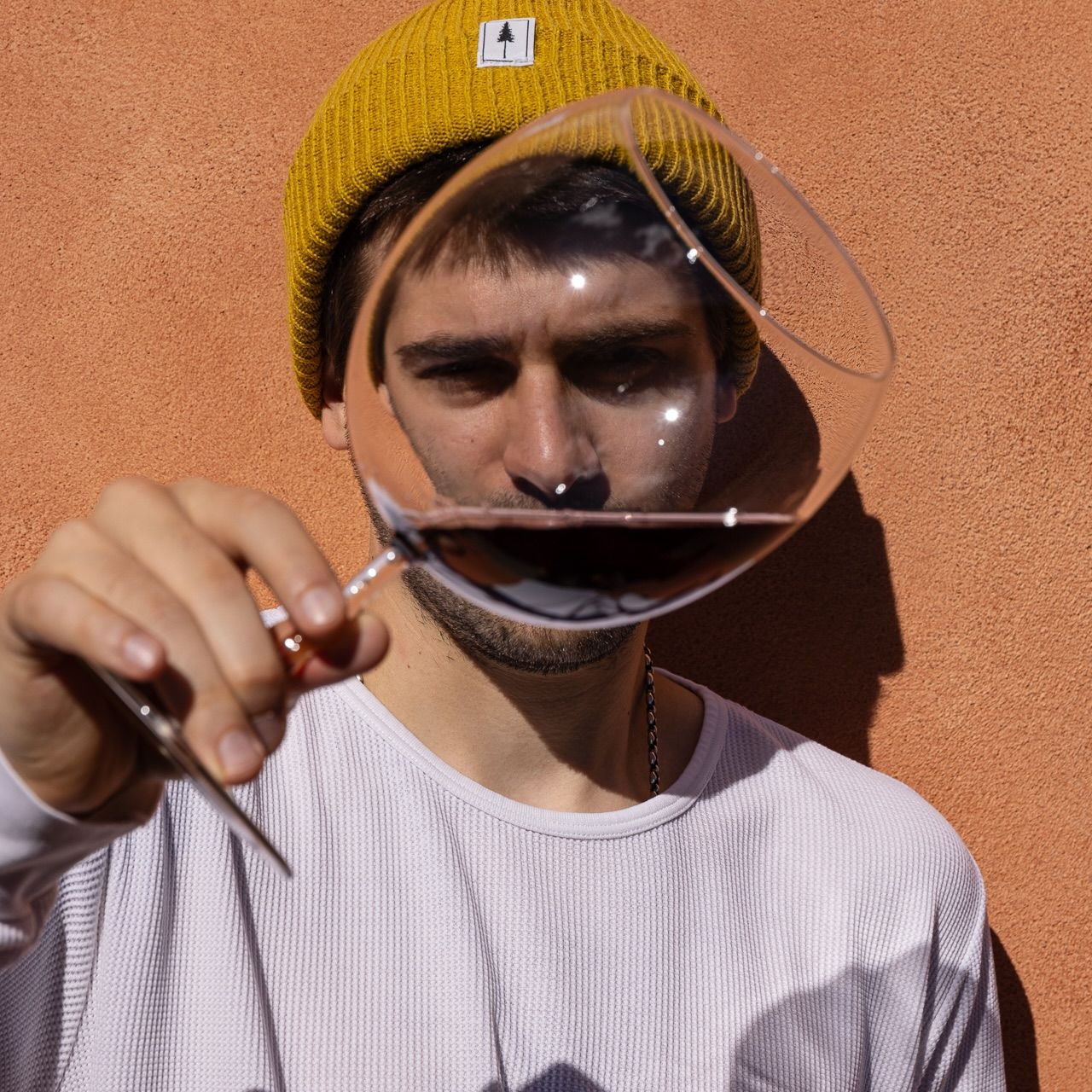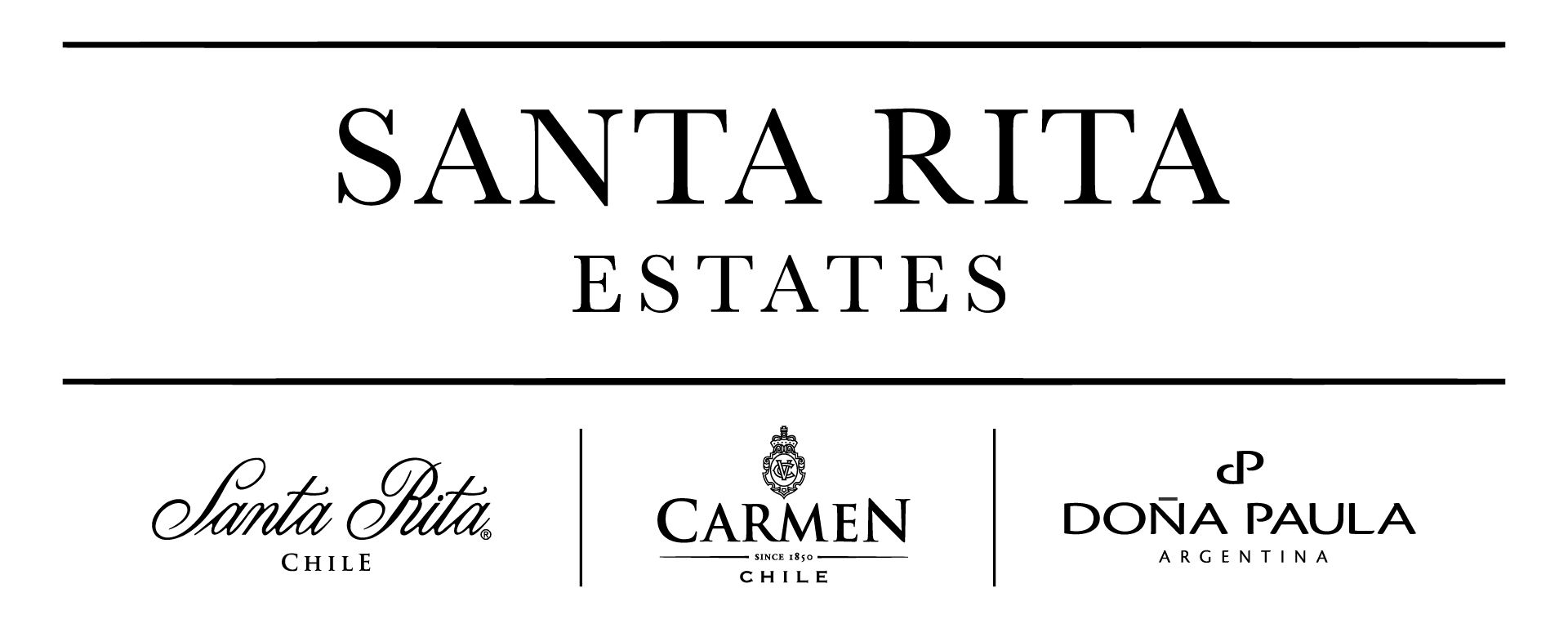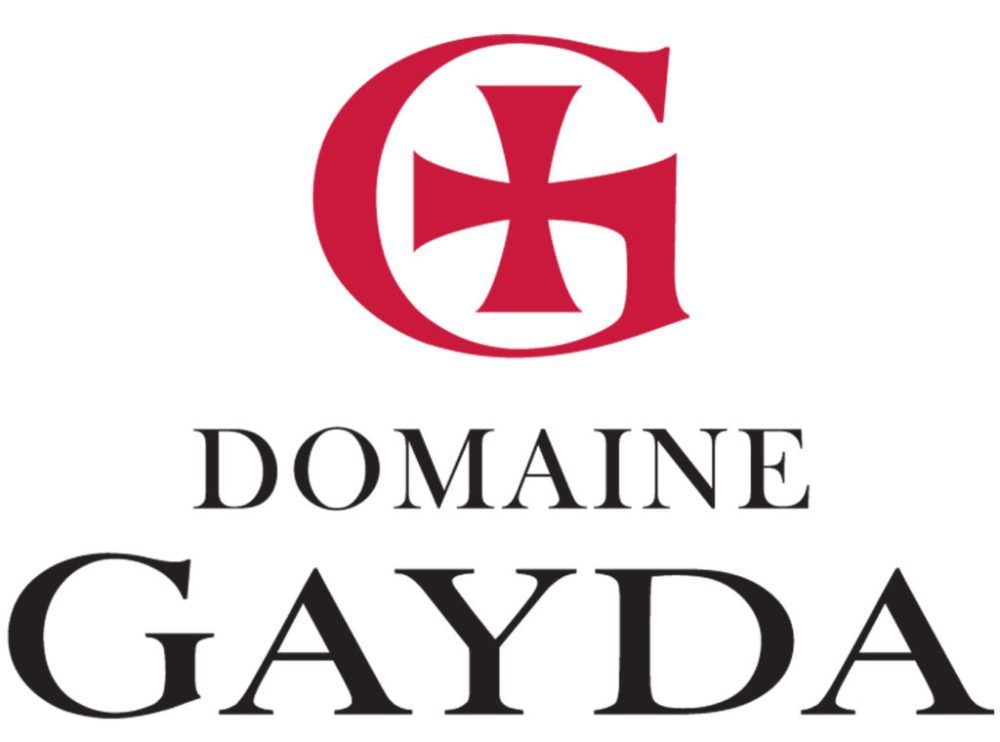Do you have any Uruguayan wines on your list? Here’s how they might offer a strong point of difference to your South American offer.
Uruguay is very different from neighbouring Argentina. It’s wetter, more humid, and growing conditions are difficult, all of which leads to less ripe and full-bodied wines. What it shares with Argentina, though, has been the promotion of its wines internationally through one single grape variety: Tannat.
The grape is leading Uruguay’s gradual emergence in the international market, helping to pinpoint some of the future developments in the country’s wine industry both domestically and abroad.
The domestic industry
Becausethe tradition of smallholdings continues the average vineyard size in Uruguay is only five hectares and there are over 3,500 growers all competing for a share of voice. Individual wineries find it difficult to impress in export markets and therefore rely more heavily on domestic consumption.
Thankfully Uruguayans are happy to comply and currently consume around 30 litres of wine per capita per year, surpassing that of neighbouring wine-producing giant, Argentina, which stands at 25 litres a head.
They are also becoming more discerning in their tastes with more demand shifting towards quality and variety instead of the high-volume wines – typically sold in large formats such as demijohns – that historically defined local drinking habits.
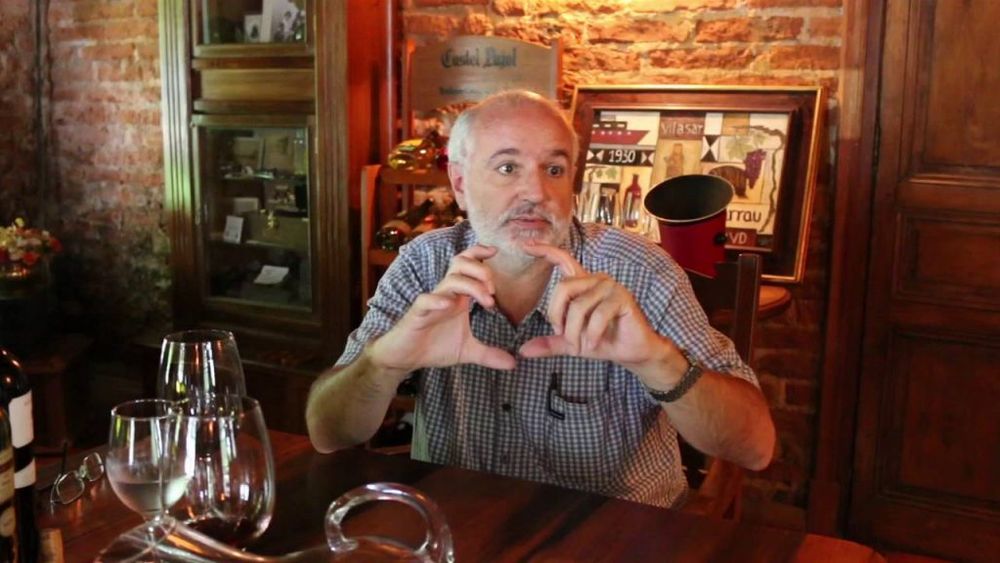
Francisco Carrau and Bodegas Carrau are helping to change the face of Uruguayan wine
Francisco Carrau, director of oenology at Bodegas Carrau, one of Uruguay’s most historic and established wineries, says: “People are changing, as is the case everywhere. People are consuming less wine but of better quality and our sales are increasing.”
Old habits linger, however, such as with Carrau’s Castel Pujol Clássico range of wines which are sold in bocksbeutel-style bottles and only distributed domestically, But these are being seen less and less even in the home market.
International expansion
Uruguay has failed to capture the international market in any way approaching what Chile and Argentina have done. This has led to stunted brand recognition, at home and abroad, as there are few dominant brands that consumers around the world might easily recognise.
Bodega Garzón, however, hopes to change that and is gaining not only more recognition for its wines in Uruguay, but is also helping to draw attention to the new wine growing region, Maldonado, in the south eastern part of the country. Paula Pivel, co-founder of the smaller boutique producer, Alto de la Ballena, the first winery to be established in the region, cautiously welcomes their success: “Having a big brand entity such a Garzón has commercial difficulties, but has its advantages as well,” says Pivel. “Abroad it should be very helpful because of their strength to promote.”
But with more locals to please than overseas customers it is understandable producers are more focused on making wines for the domestic market that they don’t expect will ever be seen in export, despite the fact they better reflect the diversity in quality wines they are capable of producing.

Alto de la Ballena sells Tannat to overseas markets but believes its Merlot and Cabernet Franc are best suited to its climate
Whilst, for example, Pivel believes Merlot and Cabernet Franc are the two best grapes suited to the climate, she admits “it’s hard to sell Merlot” overseas. While Uruguayan consumers enjoy these single-varietal bottlings, the only wines exported to the US and the UK are instead its two Tannat blends: Tannat-Viognier and Tannat-Merlot-Cabernet Franc.
Hoping for exports
If Uruguay is going to be more successful then it will rest on the fortunes of Tannat. It is without doubt the driver of Uruguayan wine exports. Although Alto de la Ballena initially planted just Merlot and Cabernet Franc, it was their Tannat-based wines that made their name internationally. “If you want to sell Uruguayan wine abroad, it must be Tannat,” says Pivel.
Carrau also confirms that Tannat is its biggest selling wine in the US. Francisco Carrau sees their good-value Tannat (at around $15) as a good starting point to hopefully introduce some of the producer’s other wines.

Paula Pivel believes there is a great opportunity for Tannat blends to help push Uruguay internationally
Pivel says Tannat has a vital role to play in at least putting Uruguay on the map. “It’s a door-opener,” she says for a country that is so small on the world stage that it can be hard to communicate the full nature of the country’s wine culture.
She also believes that blends are the best way to promote Tannat in other markets because a single-varietal Tannat can be more expensive as it requires the added expense of oak and bottle ageing to tame the wine and thereby increase its quality. Blends, she argues, offer something more immediate that “achieve a better price to quality ratio”. This is particularly so with its popular and affordable Tannat-Viognier blend.
Carrau is more circumspect: “Today, many producers are sticking with single-varietal Tannat wines, while others are moving towards blends.”
He also believes international buyers are interested in other varieties from Uruguay than just Tannat. He is, for example, having some success with Sauvignon Blanc in the US, as well as its Tannat. It was only because of a request by its US importer that Chardonnay has now joined its portfolio. “We never expected to export Chardonnay,” laughs Carrau.
But he concedes Tannat has to be the first stepping stone for Uruguay in overseas markets. “It is only to the people who have already discovered and appreciate Tannat that we can introduce other interesting varieties,” he says.
That is the time to then invest in pushing the wider story about Uruguay through brand ambassadors, major tastings, and by trying to educate more sommeliers and restaurant staff about what Uruguay can offer.
- What do you think of Uruguayan wine? Does it always have to be driven by Tannat? Let us know what success and experiences you have had with Uruguayan wine across the premium on-trade.

